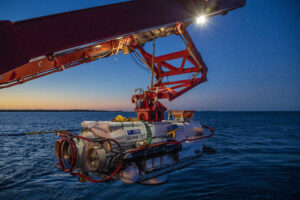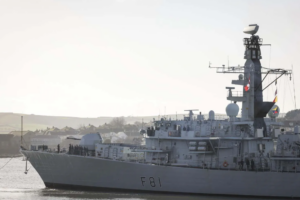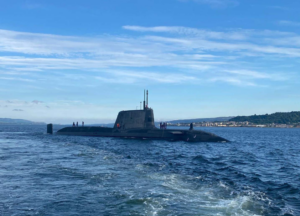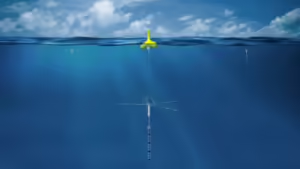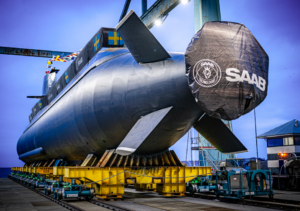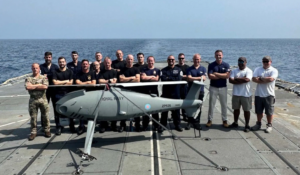Sunken Royal Navy submarine HMS Narwhal found after 77 years
The wreck of what is believed to be the Royal Navy’s WWII submarine HMS Narwhal has recently been found by hydrographers off the coast of Scotland.
HMS Narwhal was last seen in late July 1940 when she left her base to lay mines off German-occupied Norway during the Battle of Britain.
Sitting upright on the seabed about 300ft down around 150 miles east of Edinburgh, she was discovered by Polish deep-sea explorers who were looking to solve one of their own maritime mysteries.
In 1939 the submarine ORP Orzeł escaped the German invasion of Poland and internment in Estonia and fled to the UK.
She conducted half a dozen patrols – including taking part in the Norwegian campaign – before disappearing on her seventh tour of duty in late May/early June 1940.
The Poles have spent the past decade trying to locate the wreck of the Orzeł (Eagle), this year using hydrographic vessel Mewo Navigator to follow the likely route the missing submarine took back to base in Blyth.
Over ten days, the ship scanned 900 square kilometres of seabed – five times the size of Tyneside – but found no trace of its intended target.
It did, however, locate four wrecks, one 88 metres long and seven wide. Based on its dimensions and official British and German records, the Find the Orzeł team believe they have discovered HMS Narwhal after 77 years.
Narwhal left the submarine base at Blyth on July 22 bound for Kristiansund.
The German Navy had broken some of the Royal Navy’s codes, knew the likely route Narwhal would take across the sea and dispatched the Luftwaffe to intercept.
On the afternoon of July 23, the fates of bomber and submarine collided as Lieutenant Bernhard Müller’s Dornier attacked and sank the Narwhal, which took her skipper Lt Cdr Ronald Burch and 58 crew to a watery grave.
Although disappointed at failing to locate their chief target, the Polish research team have vowed to continue the search for the Orzeł – and to track down relatives of the Narwhal’s crew to provide them with more details of the submarine’s loss.
“It was assumed that Narwhal was sunk in the vicinity of the Norwegian coast during its mission,” said expedition leader Tomasz Stachura.
“Study archival documents and the technical specifications of the submarine operating at the time which could have been sunk in this stretch of water, it is highly likely to be HMS Narwhal.”
Bomb damage to the boat’s hull – between the conning tower and stern – matches the description in the German bomber crew’s combat report.

